The Florida First Blog
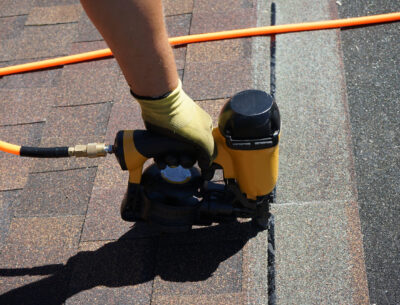
Roof Age vs. Roof Warranty

How to Manage Rising Homeowners Insurance Costs in Florida

Help Your Home—and Wallet—Stand Up to High Winds
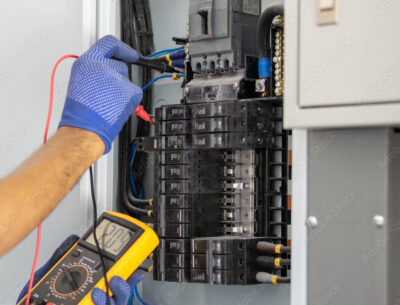
What’s the Point of a 4-Point Inspection?

Save Money on Your Home Insurance Policy
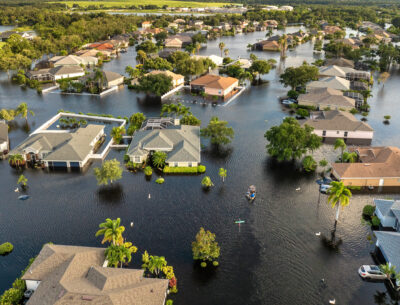
Florida Flood Zones and Evacuation Zones Explained
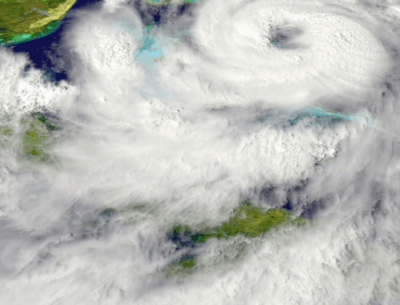
Four Hurricane Hacks

Your Guide to Buying Home Insurance in Florida
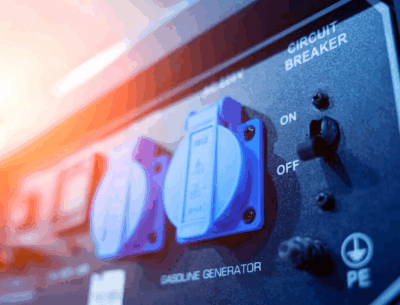
Generator Safety Tips: Powering Through Hurricane Season

Lightning & Thunderstorm Safety

Lightning & Thunderstorm Safety
